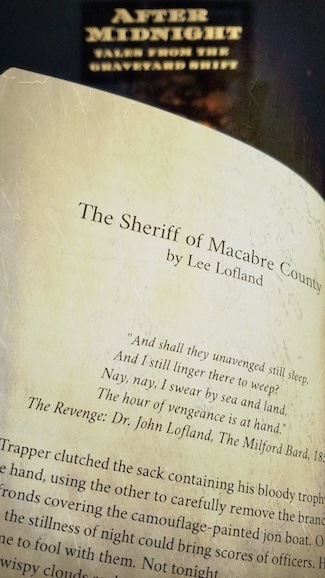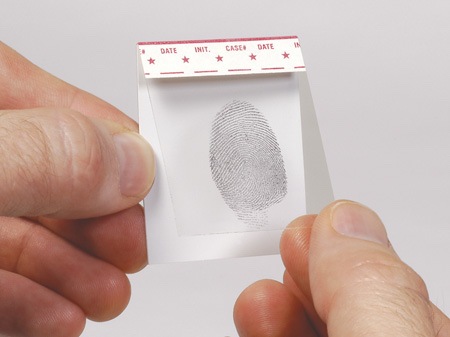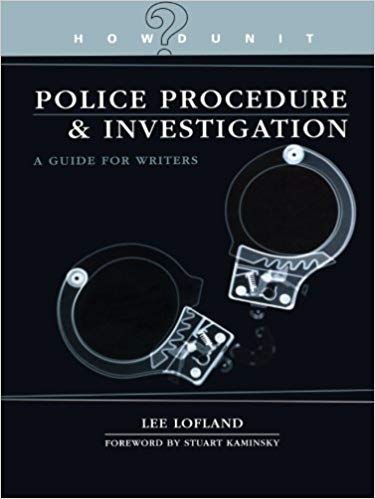Before we dive headfirst into the real meat of this article, let’s first begin with a bit of background regarding the crimes of burglary and robbery. Otherwise, those of you who use social media sites and/or watching TV news and crime dramas as your main sources of research, well, you may not know that burglary and robbery are not the same. Not even close.
Here’s a great example of how the media often mixes up the two crimes.
The headline:
“British Olympian says medals were stolen from her home in robbery.”
I read the article hoping I’d learn how and why armed and dangerous bad guys forcibly robbed the unfortunate female athlete at gunpoint in her own home. But that’s not what happened. The headline was inaccurate, likely due to an ill-informed writer and/or editor.
The public typically assumes when they read or hear something in the news, it must be fact because, well, it’s the news, and not fiction. When the media passes along bad information, unsuspecting everyday people could believe it to be true and then repeat it in conversation and/or in writings. And this is one way those faux facts make it into books. The best means to prevent using this type of misinformation, of course, is to conduct honest to goodness research.
Back to the news story about the runner’s “home robbed at gunpoint.”
The first line of the first paragraph of the news story immediately contradicted the headline, saying the distance runner received the news that her home had been ransacked while she was away.
“A British Olympian distance runner said Wednesday thieves ‘ransacked’ her home and stole some of her medals and jewelry.” According to the BBC, she said a family member went to check on her dog and found the home “trashed.”
The runner, Eilish McColgan, later said she was upset and angry when she learned that her home had been the target of a burglary.
She’d not been robbed. She was not at home when the crook broke into her home and took her belongings. Unlike the news reporter, Eilish McColgan knew the difference between burglary and robbery.
The fact that she was not at home is very important detail that affects how the criminal would be charged, if caught.
Burglary is a property crime.
In a property crime, a victim’s property is stolen or destroyed, without the use or threat of force against the victim. Property crimes include burglary and theft as well as vandalism and arson. – National Institute of Justice
Burglary as defined by Black’s Law Dictionary
“The breaking and entering the house of another in the night-time, with intent to commit a felony therein, whether the felony be actually committed or not.”
In Virginia, where I served as law enforcement officer/detective, the law governing burglary states:
§ 18.2-89. Burglary; how punished.
VA Code § 18.2-91
If any person commits any of the acts mentioned in § 18.2-90 with intent to commit larceny, or any felony other than murder, rape, robbery or arson in violation of §§ 18.2-77, 18.2-79 or § 18.2-80, or if any person commits any of the acts mentioned in § 18.2-89 or § 18.2-90 with intent to commit assault and battery, he shall be guilty of statutory burglary, punishable by confinement in a state correctional facility for not less than one or more than twenty years or, in the discretion of the jury or the court trying the case without a jury, be confined in jail for a period not exceeding twelve months or fined not more than $2,500, either or both. However, if the person was armed with a deadly weapon at the time of such entry, he shall be guilty of a Class 2 felony.
§ 18.2-92. Breaking and entering dwelling house with intent to commit other misdemeanor.
Clear as mud, right?
Notice that I highlighted a brief portion of a sentence above in red, and three specific words in blue—“with intent to commit larceny or any felony other than murder, rape, robbery or arson …” I did so to emphasize that robbery is not a portion of, or related to the basic crime of burglary. It is a completely separate offense.
Burglary and Robbery are not the same!
Okay, still confused when I say that robbery and burglary are not the same crime? You ask, how could this be the case when so many TV and print news reports and fictional television shows time and time again tell us that Ms. or Mr. Crime Victim’s house was robbed?

An inanimate object cannot be robbed
Typically, burglary involves the breaking and entering the house of another, and only a burglar, or burglars, are involved. There’s no force, threat, or intimidation used against a resident during the taking of an item or items from a victim, because the victims are not present. For example, you and your spouse are out for the evening when Joe I. Stealem enters your home through a downstairs window and swipes a carton of orange juice from your refrigerator.
Author Lawrence Block expertly captures the essence of a professional burglar, and he does so quite nicely with his character Bernie Rhodenbarr. Keep in mind, though, that Rhodenbarr is not the average residential burglar encountered on a weekly basis by patrol officers in your town.
Now, on to robbery.
Violent Crimes.
In a violent crime, a victim is harmed by or threatened with violence. Violent crimes include rape and sexual assault, robbery, assault and murder. – National Institute of Justice.
Black’s Law definition of Robbery.
“Robbery is the felonious taking of personal property In the possession of another, from his person or immediate presence, and against his will, accomplished by means of force or fear.”
Traveling back to Virginia, we see that robbery there is defined as:
In short, robbery is the taking of property by one person from another, by violence, threat, or fear. A robbery could occur anywhere—a street, sidewalk, park, bus, your yard, your neighbor’s yard, a shopping mall, a convenience store, a church and, well, anywhere. And it must involve at least two people—a robber and a victim, or victims.A burglary, however, occurs only at a building and the victims are typically not present when the crime occurs. If so, they’re usually unaware that their homes have been burgled until after the bad guy is gone.
Click here to read How Burglars Break Into Homes.
Burglaries Can End With Violence
If your stories involve a burglar, keep in mind that burglaries can, and sometimes do, escalate into violent crimes against people. And, some burglars enter a structure with the intention to commit a crime other than theft, such as murder, robbery, rape, assault.

For example, serial killer Timothy Spencer (the Southside Strangler), who used windows to enter the homes of several women. Once inside, he raped, sodomized, and choked them to death using ligatures.
I served as a witness to Spencer’s execution by electric chair. I sat just a few feet away from away and I watched him die a gruesome death.















.jpg/250px-Shoeprint(forensic).jpg)




